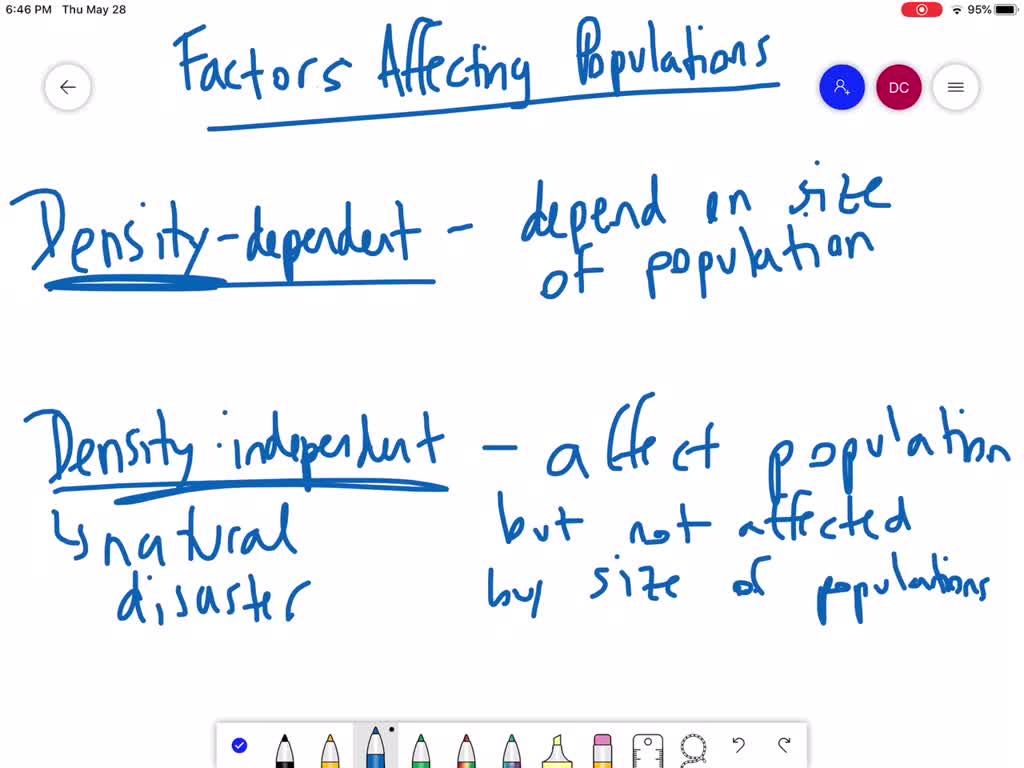

I wrote it that way because it is used for measurements, which are usually made in that space.

You'll never reach that limit of course, but you can make progressively better measurements.Įdit: To be clear the integral formula above is just a consequence of the definition of density, and it holds in an euclidean space. For example, the density of water is 1 gram per cubic centimetre, and Earth ’s density is 5.51 grams per cubic centimetre. Density is commonly expressed in units of grams per cubic centimetre. How Do You Find Density In order to find out the density of an object, you need to know two other things about the object: its volume, and its mass. We’ll find out about mass and volume below. Put another way, density is the mass of an object divided by its volume. The formula for density is d M / V, where d is density, M is mass, and V is volume. Basically, density is how compact an object is. In the limit of an infinitesimal element of volume you would find the function $\rho(x,y,z)$. density, mass of a unit volume of a material substance. So it is possible to measure the mass of a substance/object over a region with a very small (and known) volume. Returning to our block of aluminum experimentally, one cubic centimeter of aluminum has a mass of 2.70 grams. The mass-to-volume ratio of gold is and the density (d) of gold is written as d 19.3 g/cm 3. For gold, the mass is 19.3 grams and the volume is 1 cm 3. But you can measure mass and volume pretty accurately. We defined density as the mass-to-volume ratio of a substance. In an experiment you usually can't measure $\rho$ directly. Is density defined by the means of multiple integral? I'm wondering what the mathematically correct definition of density is. We all know from school that density is defined as mass over volume


 0 kommentar(er)
0 kommentar(er)
